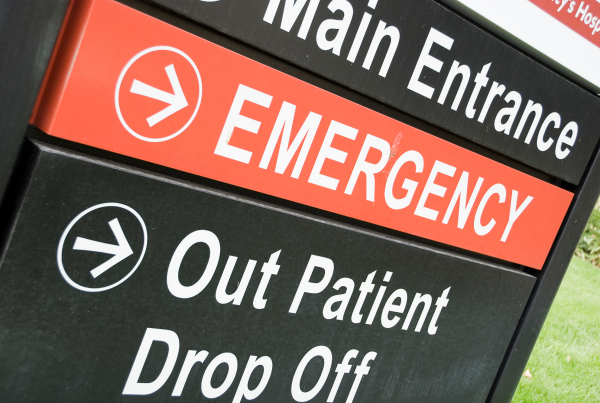Australia is facing an alarming shortage of medical professionals, from registered nurses to doctors and mental health professionals. The lack of general practitioners in particular is creating unique challenges for our entire medical system. The Australian Medical Association predicts the country will face a shortage of over 10,600 GPs by 2031 – 32. The shortage is already having a direct impact on patients.
GP-led primary care is considered to be the most cost-effective way to care for people’s health. It is also associated with better health outcomes. But even as general practice is being described as the “backbone of our healthcare system”, accessing care has become increasingly difficult – and more expensive.
Bulk-billing GPs are getting next to impossible to find
It has become an all-too-common story. First, a patient learns that their GP can no longer bulk bill. The patient then either shrugs their shoulders and pays out of pocket or shops around for a GP that does bulk bill. If choosing the latter, the patient will soon discover that it’s not just their GP that’s no longer bulk billing. Finding a GP, any GP, that routinely bulk bills is becoming increasingly difficult.
While more and more patients are now being faced with this new reality, providers have been ringing the alarm for years. When bulk billing works, GPs are reimbursed by the government and patients don’t pay anything. However, when the Medicare repayment rate is not enough to cover their expenses, GPs are faced with two options: either charge the costs from their patients or cease operations altogether.
The problem with the fee-for-service model
There are several factors for why bulk billing is becoming unsustainable. The most obvious reason is that the repayment scheme has not kept up with the rising costs of just about everything. Famously, the Medicare repayment rate has largely remained stagnant since 2013.
Another important factor are our changing demographics. Essentially, the current fee-for-service model penalises providers for spending more time with each patient. In the past, this worked out fine as the majority of cases handled by GPs were relatively straightforward and didn’t require extensive follow-up care. Today, Australia is grappling with an aging population with chronic illnesses and multimorbidity becoming increasingly prevalent. Instead of broken bones, rashes and common infections, GPs are now tackling complex medical issues which take up more time upfront and require multiple follow-up visits. Providing this level of care is decidedly incompatible with the traditional fee-for-service model.
Out-of-pocket expenses are increasing for all patients
As bulk billing becomes increasingly unsustainable, the cost is being felt by the patients. During the past decade, the average out-of-pocket costs for patients accessing GP services have seen a 50% increase. The average out-of-pocket cost for a GP visit was $41.12 in 2021, compared to just $27.65 in 2012.
As more general practitioners abandon bulk billing, an increasing number of patients are in danger of losing access to care. A 2023 Productivity Report found that 3.5% of people were delaying or avoiding visiting their GP due to the cost, compared to just 2.4% the previous year.
This is an alarming trend on several levels. Typically, GPs have been a crucial link in our healthcare system. Being a patient’s first point of contact, a GP can detect and identify health issues and direct people to seek appropriate care before things escalate. If people delay or skip visiting their GP, manageable conditions can develop into serious health issues. This will come at a significant human and financial cost. By delaying care, people are risking their own health while also further burdening our medical systems. When GP care becomes unaffordable, more people will turn to emergency departments as their only resort. 35% of ED visits are already due to non-emergent issues. In rural areas where accessing GP care is even more difficult, the same number is 70%.
Regional clinics are closing due to the shortage of doctors
Due to long hours, a demanding workload, and relatively low income, medical students today don’t view General Practice as an attractive career choice. In 2017, 16.5% of final-year medical students chose general practice as their first preference for specialty. This was already an alarmingly small number and by 2021, it had dwindled down to just 13.8%. While it is increasingly difficult to attract people to the field altogether, the situation is particularly dire in rural areas.
With the GP shortage being felt across the country, rural areas are struggling to attract doctors from urban areas. In these areas, long wait times have become the norm, with GP wait times stretching out as long as eight weeks. With a growing number of patients tackling more complex health issues, delayed access to care can soon become life-threatening. Attracting and retaining GPs in rural areas is now seen as a real threat and new initiatives are being launched to try and tackle the crisis.
While general practices in rural Australia have been struggling with the doctor shortage for many years, the same challenges have now reached urban practices too. There are no easy solutions, but with the GP shortage already adversely impacting the patient experience, one thing has become painfully clear: the time to act is now.





